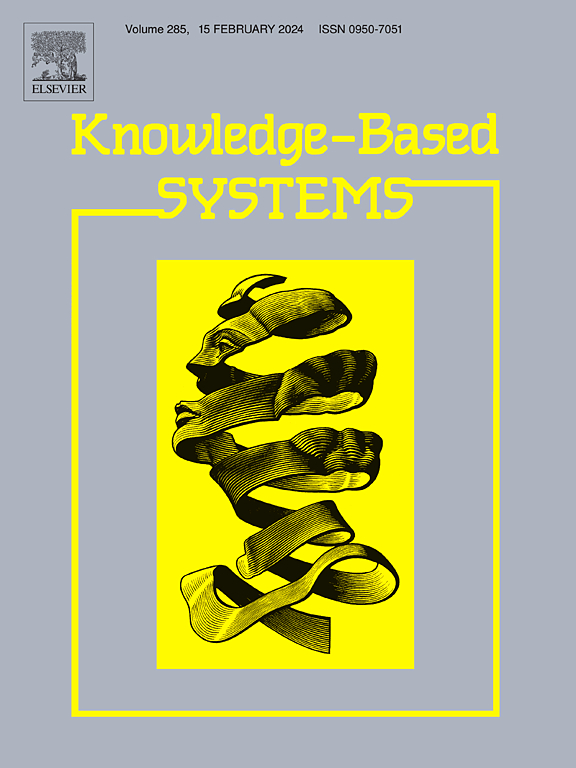PRADA: Prompt-guided Representation Alignment and Dynamic Adaption for time series forecasting
IF 7.2
1区 计算机科学
Q1 COMPUTER SCIENCE, ARTIFICIAL INTELLIGENCE
引用次数: 0
Abstract
Time series forecasting endeavors to construct models capable of predicting future values and trends grounded in historical observations. However, current LLM-based approaches migrate the inference power of LLM to the time series forecasting through prompt guidance, but ignore the modality gap between time series and natural language. This gap arises from the fact that time series have periodic and non-periodic patterns that are not present in natural language, hindering the capabilities of LLM-based models. In addition, the potential statistical property drift in time series makes the model rely on spurious correlation features, limiting the capture of spatio-temporal dependencies. To tackle the unique problems, we introduce the Prompt-guided Representation Alignment and Dynamic Adaption (PRADA) method, which harnesses multi-view Text-Series Adaptive Alignment (TSAA) guided by learnable prompts to capture the representations of different patterns. Specifically, we first decompose the input time series into different components and align orthogonal prompts consisting of learnable context vectors with time series embeddings independently for LLM’s input adaption. Furthermore, the time-frequency dual constraint is introduced to empower the model to capture the overlooked label autocorrelation from both the time and frequency domains. Through multi-view adaptive alignment guided by learnable prompts, PRADA is able to dynamically model spatio-temporal dependencies and adapt to the semantic gap between time series and natural language, which enables LLM-based models to obtain more robust times series representations in real scenarios. Experiments on multiple public datasets demonstrate the state-of-the-art (SOTA) performance of PRADA in time series forecasting. The code will be available at https://github.com/HowardLiu28/PRADA.
求助全文
约1分钟内获得全文
求助全文
来源期刊

Knowledge-Based Systems
工程技术-计算机:人工智能
CiteScore
14.80
自引率
12.50%
发文量
1245
审稿时长
7.8 months
期刊介绍:
Knowledge-Based Systems, an international and interdisciplinary journal in artificial intelligence, publishes original, innovative, and creative research results in the field. It focuses on knowledge-based and other artificial intelligence techniques-based systems. The journal aims to support human prediction and decision-making through data science and computation techniques, provide a balanced coverage of theory and practical study, and encourage the development and implementation of knowledge-based intelligence models, methods, systems, and software tools. Applications in business, government, education, engineering, and healthcare are emphasized.
 求助内容:
求助内容: 应助结果提醒方式:
应助结果提醒方式:


